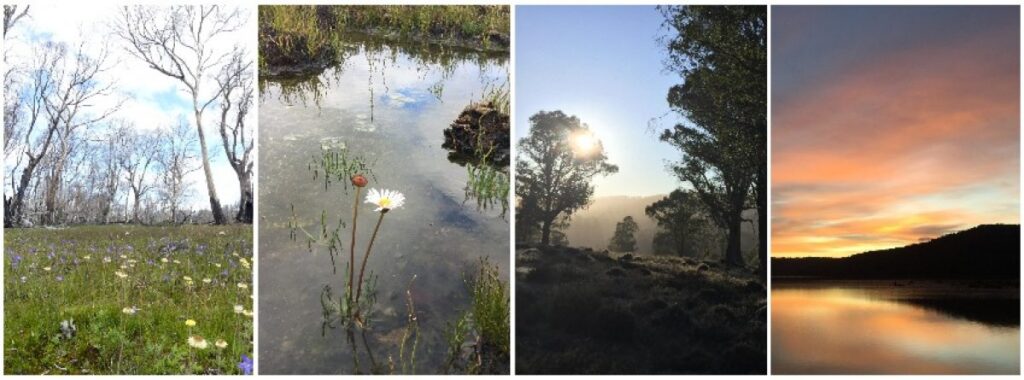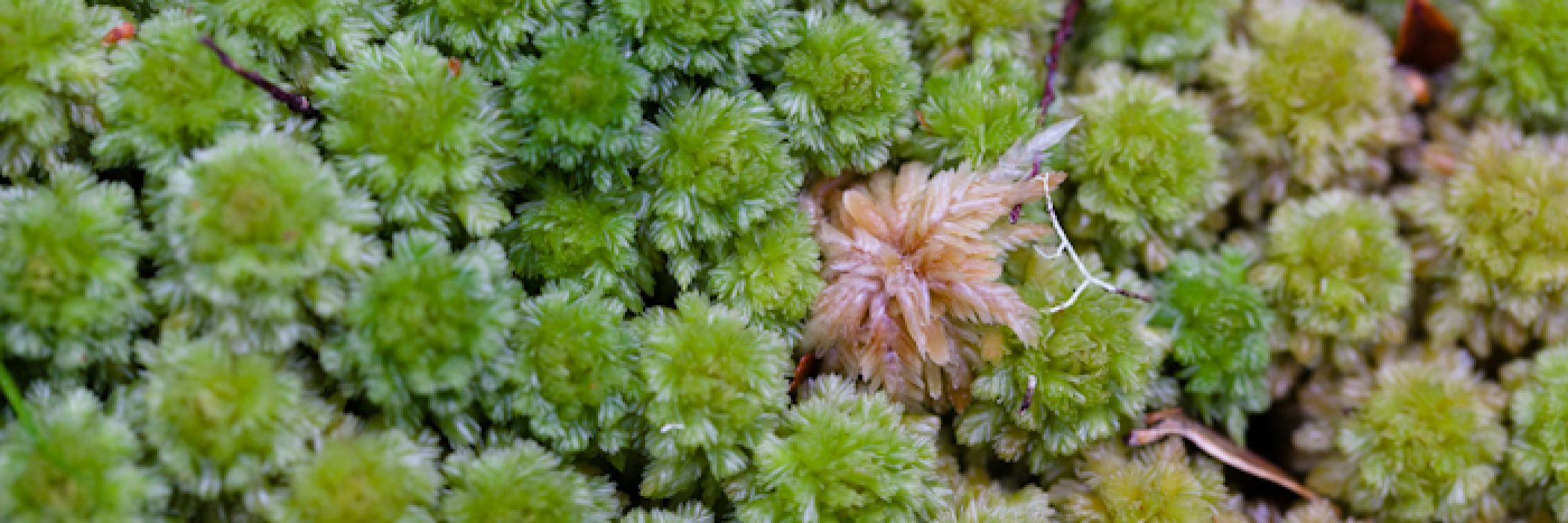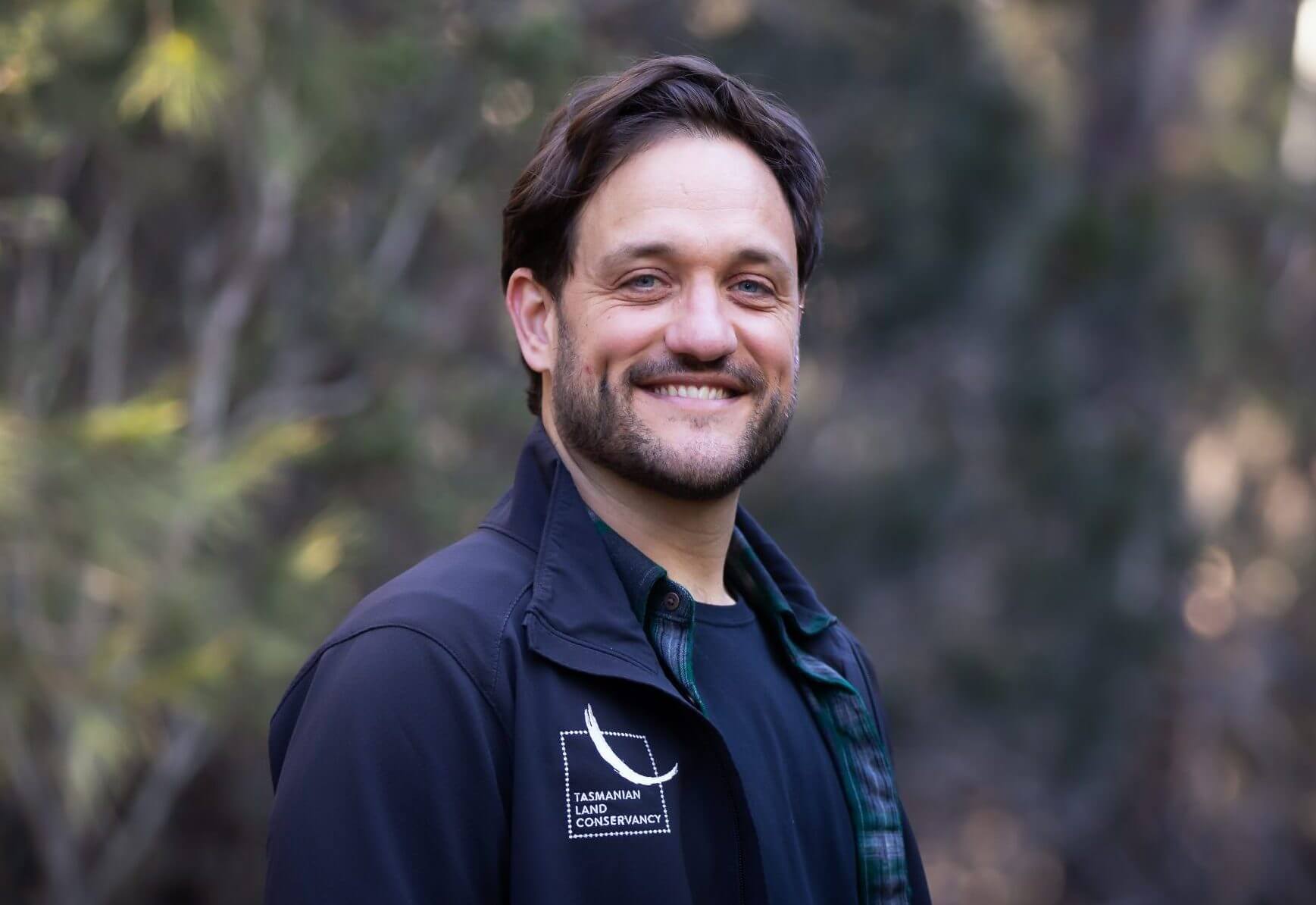COVID-19 and the TLC
Like many Australians, I’m now working from home. From my desk in South Hobart I look out over kunanyi/Mount Wellington and the Derwent River, and I’ve been thinking a lot about how privileged I am to be isolated in a place where isolation is a blessing rather than a curse. Here in Tasmania, we are lucky to be surrounded by nature; to hear birdsong and see majestic eucalypts even when we have to stay home. For many of you, the first few months of 2020 will have been a stressful and uncertain time, and I hope that you are still finding solace in the natural world around us.
In response to the COVID-19 pandemic, our Hobart and Launceston offices are now closed, and office staff are working from home. If you need to come into one of our offices for any reason, please call us or send an email so we can help you visit safely. We are still answering the phone and picking up mail. All of our reserves are also now closed until further notice, and we have postponed all events and face-to-face landholder interactions.
Volunteer opportunities have also halted for now. Our regular volunteer activities, such as weeding and reserve monitoring, will restart as soon as it is safe for them to do so – sign up for our volunteer updates if you would like to be kept informed.
Monitoring and managing our reserves is a vital part of the work we do to protect nature. We still have staff in the field, undertaking scientific work and keeping our reserves maintained. We have introduced strict guidelines to ensure everyone working in the field is kept safe, with no more than two staff working together and physical distancing practiced at all times.
Last week, Conservation Ecologist Rowena Hamer spent some time in the field at Five Rivers Reserve, checking the status of the reserve’s endangered cider gums, which were burned in the January 2019 fires and subsequently caged to protect their regrowth from browsing animals. I’ve included some of the photos she took in what she describes as ‘12,000 hectares of spectacularly beautiful social distancing’.
In 2019, we protected two new reserves in perpetuity. The 150 hectare Little Swanport Reserve protects towering blue gum forest and is a safe haven for the critically endangered swift parrot. Tall Trees Reserve extends the Tasmanian Wilderness World Heritage Area and provides an important buffer for the Mount Field National Park, improving the continuity of the state’s wilderness areas. We could not have protected these areas and the species within them without your help; thank you for all your contributions to these campaigns.
We are determined to continue our efforts to protect nature in Tasmania in 2020. Late last year we announced our newest campaign, to protect Tinderbox Hills, a property just south of Hobart that is home to the endemic and very rare forty-spotted pardalote. We will be sending an update soon about our progress but, in the meantime, if you would like to donate to this campaign please visit tasland.org.au/donate-now.
Nature needs our help now more than ever, and we at the Tasmanian Land Conservancy are committed to providing that help safely and responsibly. We are looking forward to the end of this outbreak and to welcoming you back into our office and onto our reserves. Until then, keep an eye on your inbox and our website for ways you can enjoy our reserves virtually, learn more about conservation, and get some fun and practical tips from our experts in the office and out in the field.
Warm wishes,
James Hattam, Chief Executive Officer





